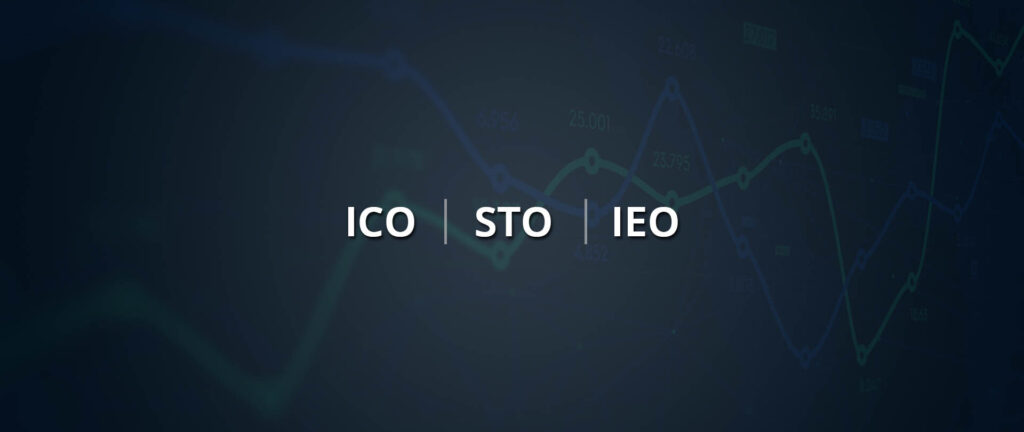The NFT ecosystem has to date, relied mostly on centralized marketplaces. However, trading NFTs on these marketplaces can sometimes be slow and unpredictable. You may not find a buyer when you need to sell an NFT, or you may not find the NFT you want to buy listed for sale. Unlike trading fungible Defi tokens on decentralized exchanges, this model can be time-consuming and uncertain. However, Sudoswap is a decentralized NFT marketplace launched with the aim of bringing the familiar experience of decentralized exchanges to NFTs.
In this article, we take a look at the basics of this new NFT marketplace.
- What is Sudoswap?
- What is an Automated Market Maker model?
- Is the AMM model the only selling point of Sudo?
- How does Sudo work?
- How to use Sudoswap?
- How to create a Liquidity Pool on Sudo?
- How is Sudo different from other NFT marketplaces?
What is Sudoswap?
Sudoswap is a decentralized, on-chain NFT marketplace built on the Ethereum network. It is the first decentralized marketplace that allows users to swap between NFTs and Ethereum. It uses the automated market maker (AMM) model to improve the liquidity of the NFT collection(s) being traded on the platform.
The platform has the same functions as a regular NFT marketplace for a user. However, it operates in a radically different way. On a typical NFT marketplace, users trade NFTs with other users through an off-chain order book model. But the Sudo app allows users to buy and sell NFTs through liquidity pools.
Users can deposit NFTs or Ethereum (ETH) into the Sudo app’s pools and earn fees from trades through these pools. If there is a pool for your NFT collection, there is always liquidity, and a user can sell his/her NFT immediately to receive ETH.
However, it is important to remember that the users may not always get the price they’d like. This is because the price of NFTs changes in proportion to how many NFTs are left in the pool. This differs from how typical NFT marketplaces operate, where users can set a fixed sale or auction price for their NFT(s).
What is an Automated Market Maker model?
An AMM is a decentralized exchange protocol that prices assets based on a mathematical formula. That is to say, assets are priced according to a pricing formula as opposed to using an order book like on most traditional exchanges.
This formula can vary with each protocol but are similar in that they algorithmically determine asset prices.
For instance, Uniswap uses the formula:
x*y=k, where
x is the amount of one token in the liquidity pool,
y is the amount of the other, and
k is a fixed constant, meaning that the pool’s total liquidity always has to remain constant.
Other AMMs may use other formulae depending on the specific use cases they want to target. Like an order book exchange, an AMM also works on trading pairs. However, you don’t need to have a counterparty on the other side to make a trade. The users interact with a smart contract that makes the market for them.
You could think of AMMs as a peer-to-contract (P2C) transaction since trades happen between users and contracts. Because there is no order book, there are no order types on an AMM. It is a mathematical formula that determines the price you will get for the asset you want to buy and/or sell.
Is the AMM model the only selling point of Sudo?
While the use of the AMM model sure gives the Sudo marketplace an edge over the regular marketplaces, it also has a couple of other benefits:
- Sudo is on-chain: That is to say, it essentially allows anyone to create a website and display NFTs listed on the exchange, thus promoting further decentralization. This feature also facilitates participation by on-chain collectives such as multi-sig groups and DAOs. Moreover, on-chain marketplaces are less subject to censorship.
- Minimal Fees: The Sudo marketplace charges a fee of only 0.5%, which gets routed to the Sudo treasury. Users also have the option to execute bulk purchases and sales of their NFTs and save plenty on gas fees.
- More options: The Sudo marketplace’s model can help you avoid price shortcomings by automatically adjusting your selling price based on its floor price. Also, users can create buy-and-sell pools based on customizable bonding curves and earn platform fees by providing both ETH and NFTs.
How does Sudo work?
There are three types of liquidity pools on the marketplace:
- Buy-only pools
- Sell-only pools
- Buy-and-sell pools
These pools work on bonding curves. A bonding curve can either be a linear curve, where the price increases or decreases as the buys and sells happen, or an exponential curve, where the price increases or decreases by x% as buys and sells happen. For instance, a buy-only pool structured on a linear curve may buy its first NFT for 3 ETH, then 2 ETH, and then 1 ETH.
Users familiar with DEXs will find the mechanics of the Sudo marketplace easy to recognize and understand. If a user wants to sell an NFT for an amount of ETH, the NFT will get placed into a smart pool contract, where it will wait until the user cancels and withdraws the NFT from the pool or someone buys the NFT and removes it from the pool, sending the ETH to the seller.
How to use Sudoswap?
Trading NFTs on the Sudo is different from interacting with other automated trading platforms. Go to sudoswap.xyz and ‘connect’ your crypto wallet to the platform. The Sudo can be used to buy and sell NFTs.
Buying and Selling an NFT on Sudoswap
There are two ways to buy NFTs on Sudo
- Making a purchase on the collection page: this is the simplest way to buy NFTs directly at listed prices. Navigate the collection page of the NFT, choose the NFT(s) you want, click the “> sudo swap” button and confirm the transaction in a wallet.
- Making a collection offer: the method requires you to create a pool with the specifications you indicate. Navigate the collection page of the NFT, go to the collection of your choice, click “Make Collection Offer,” and fill out the form with details such as how many NFTs you want to buy, and how much ETH to spend. With a collection offer, you can buy more than one NFT and indicate the percentage by which the price should change after someone sells you an NFT.
To sell an NFT, choose the sell tab on the NFT collection page, click the “> sudo swap” button, and confirm the transaction in a wallet.
How to create a Liquidity Pool on Sudo?
One of the most distinguishing features of the Sudo marketplace is that it allows users to create a liquidity pool to earn trading fees. To create a liquidity pool on Sudo, click “your pools” on the top right of the screen. You will have three options: buy–only, sell-only, and buy-and-sell.
After selecting the pool you want to create, the platform will walk you through the process, asking you to indicate the amount of ETH you want to spend and the number of NFTs you want to deposit. In the next screen, you will be required to select a bonding curve and indicate what you’re depositing to set up the pool.
If you wish to buy an NFT from a liquidity pool, navigate to the collections page and see the NFT collections for which users have created liquidity pools. The biggest, most active pools are well-established, popular, and feature frequently traded collections. Finding a pool for smaller, more undistinguished projects might be challenging.
After you find a collection to trade, click on it and navigate to the pools tab. You should be able to see the user-created pools offering NFTs from the collection along with details such as how much liquidity is available for each one, the type of bonding curve being used, and the delta value, i.e., how much sales and purchases affect the price of NFTs in the pool.
Most collections have one main pool where most of their liquidity is concentrated. However, checking if other pools offer a lower swap fee may be worthwhile. Since pools increase NFTs as they sell them, it is often a good decision to use multiple pools when buying multiple NFTs. Sudo has a built-in Sweep Mode that allows users o find the best combination of purchases.
This same principle can be applied while selling NFTs. If a user wanted to sell several NFTs from a collection quickly, he/she could likely get a better overall price by selling single NFTs to individual pools instead of selling them all to a single one.
How is Sudo different from other NFT marketplaces?
Sudo aims to give control to the NFT owners while keeping the basic features of a regular NFT marketplace intact. NFT owners can set trading conditions and prices and earn trading fees through pools where they are the liquidity provider.
Secondly, Sudo does not pay royalties to the collection creators. While this is a feature that most marketplaces have on their smart contracts, it is not embedded in the smart contract that is used to mint the NFT collection. That is to say, this is a decision that each marketplace makes on its own. Sudo decides not to pay creator royalty, an incentive for NFT owners to trade on the platform.
Sudo also has a different price action than regular marketplaces. Large pools hold enough ETH and NFTs inside them to make the price follow the bonding curve, thus softening the price fluctuation. Another interesting feature of Sudo is that while buying NFTs from pools, users can select the exact NFT they receive. This proves to be particularly helpful in collections with variable rarity because it gives buyers a chance to buy NFTs with rare traits close to the floor price of the collection.
Concluding Thoughts
Though still in its infancy, Sudo does have the potential to revolutionize NFT trading. Since its launch in July 2022, the platform has experienced tremendous growth, with members of the NFT community constantly experimenting with the different use cases of the protocols—from raffle systems to GameFi marketplaces. While there are some concerns about the absence of creator royalty, it will be interesting to see how the platform develops further.


